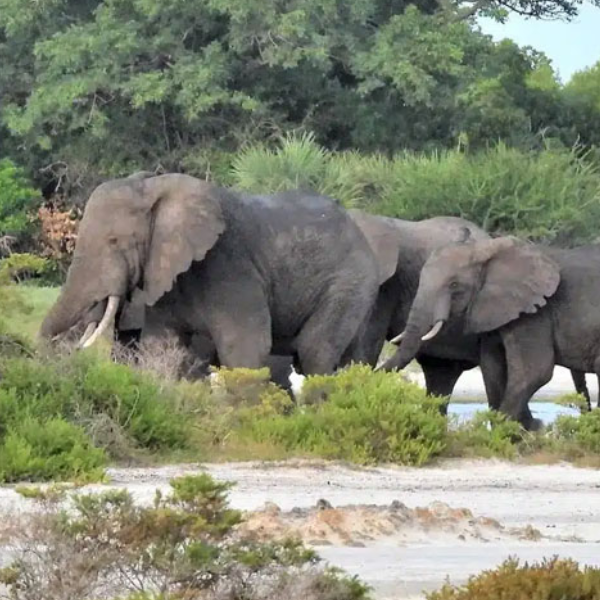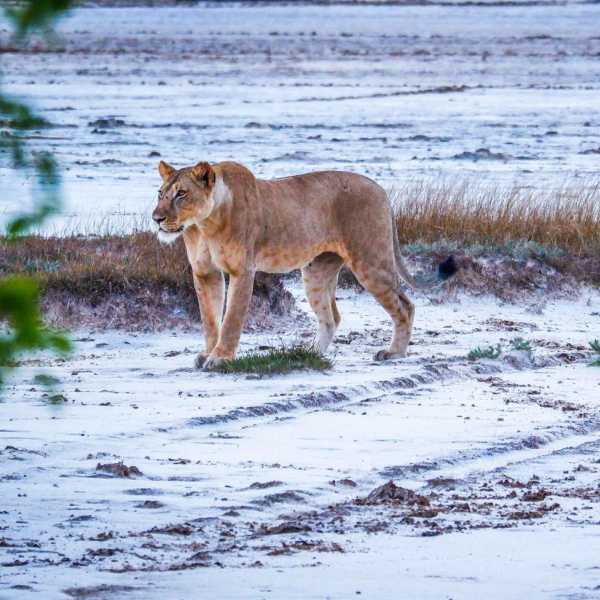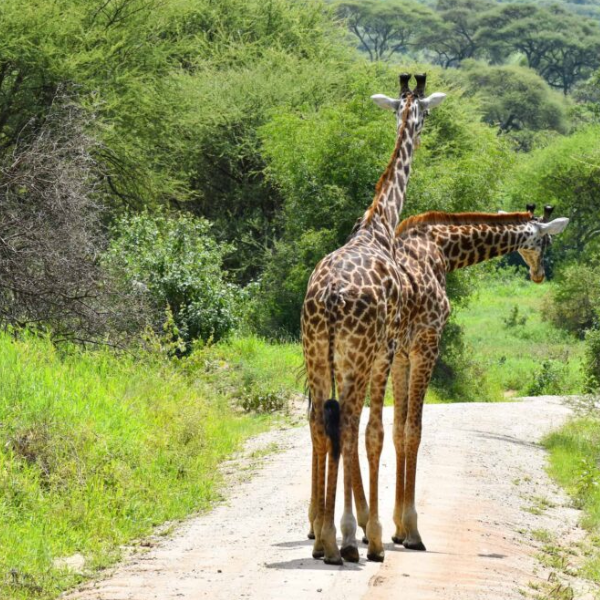Saadani National Park, located on the Tanzanian coastline, is unique for being the only wildlife park in East Africa that borders the Indian Ocean. Spanning 1,100 square kilometres, it offers a mix of savannah, coastal wetlands, and marine ecosystems. Saadani is home to a variety of wildlife, including elephants, lions, giraffes, and hippos, as well as a diverse range of bird species. Its proximity to Zanzibar and Dar es Salaam makes it an accessible yet less crowded safari destination. The park also offers opportunities for beach safaris, where visitors can enjoy both wildlife and ocean activities in one location.
Getting There
Saadani National Park is located about 150 kilometers north of Dar es Salaam, making it easily accessible by road. The journey takes approximately 3-4 hours by car, and there are regular bus services from Dar es Salaam to the park’s entrance. For a quicker and more convenient option, visitors can fly to the park's nearest airstrip, Saadani Airstrip, with scheduled flights from Dar es Salaam and Zanzibar. Once inside, safaris are typically conducted via 4x4 vehicles or guided walking tours, offering a comprehensive experience of both wildlife and the park’s beautiful coastline.
Things to Do
- Game Drives: Explore the park’s diverse landscapes in search of wildlife like elephants and lions.
- Beach Safaris: Combine game viewing with time on the park’s tranquil beaches.
- Boat Safaris: Take boat trips along the Wami River to see hippos and birdlife.
- Birdwatching: Spot over 300 bird species, including migratory birds and coastal species.
- Fishing: Enjoy sport fishing along the coast or on the river.
- Walking Safaris: Experience the park up close with guided walking tours.
When to Go
The Best Time to Visit Saadani National Park is during the dry season, from June to October. During these months, the weather is pleasant and wildlife is easier to spot as animals congregate around water sources. This is also when the park’s roads are most accessible, especially for game drives and walking safaris. While the wet season (November to May) brings lush greenery and fewer tourists, it can make some areas of the park difficult to navigate due to rains. For optimal safari experiences, visit during the dry months when the park is at its most accessible and wildlife sightings are abundant.










